FOAM FIRE EXTINGUISHERS (Chemical Foam) 9 LITRES DieselShip UK
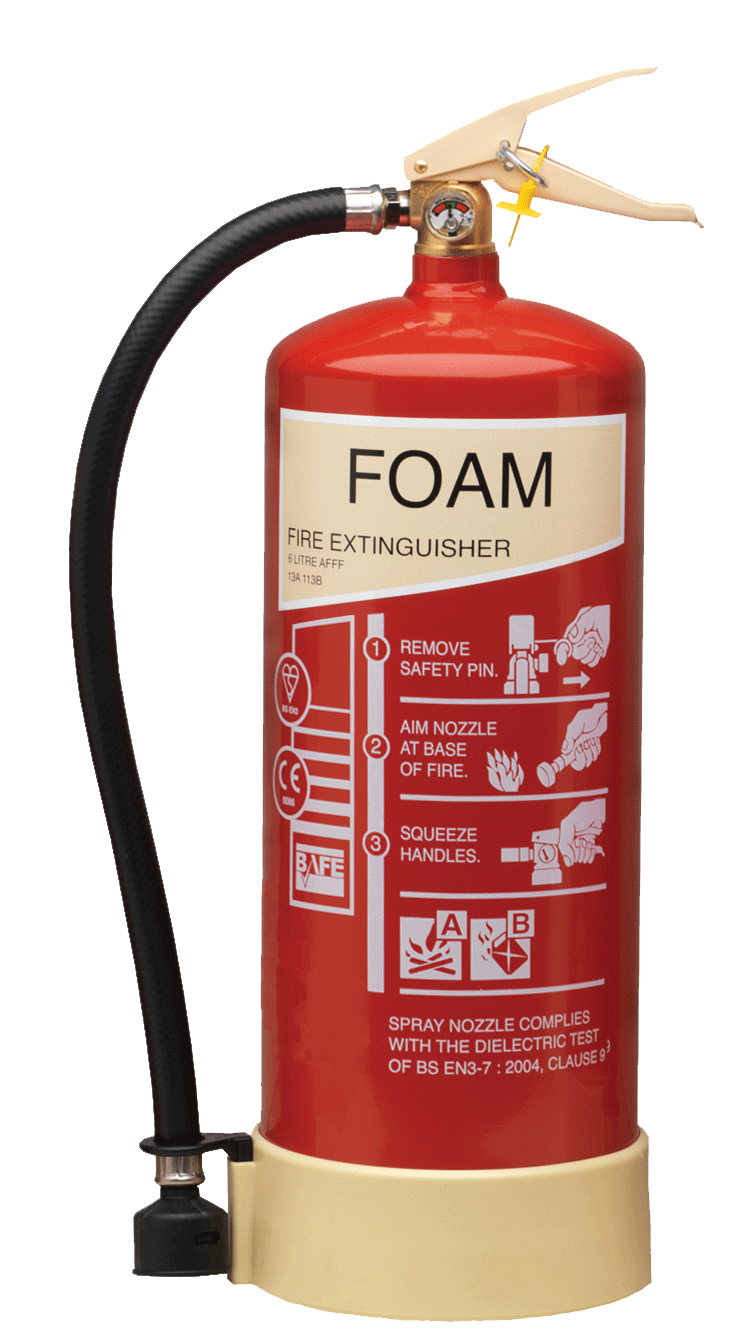
A foam fire extinguisher is water based with a frothy foaming agent. Once directed onto the fire, the foam would float on top of the burning liquid and begin to diminish the reaction between the flames and fuel surface. Its smothering qualities prevent the fire reigniting by suffocating and cooling down burning materials quickly, and preventing.
History of Fire Extinguishers
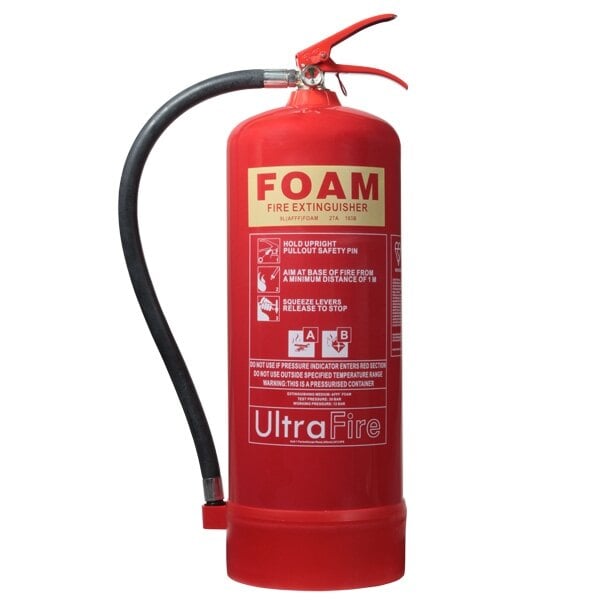
How do I use foam fire extinguisher? Foam extinguishers can be used just like any fire extinguisher. Simply follow the PASS technique: Pull the Pin. Aim it at the fire. Squeeze the handle. Sweep from side to side. Learn more about how to use a fire extinguisher.
Fire Extinguisher guide Fire extinguisher, Fire extinguisher types, Fire safety poster

What Type Of Fire Is A Foam Extinguisher Used For? Foam fire extinguishers should only be used for Class A and Class B fires. As a last resort, they can be used for electrical fires, although it is not recommended. Class A fires. Class A fires are fueled by common household and office materials, such as wood, paper, textiles, and certain plastics.
Fire Extinguisher Types And Uses Use Of Water Foam Carbon Dioxide And Powder Extinguishers

When there is an electrical fire the most suitable extinguishers to use are either the carbon dioxide or dry powder types. Foam extinguishers aren't normally suitable for putting out electrical fires, but many modern types are safe to use for incidental electrical risks. Similarly, many models of wet chemical extinguishers are now safe to.
know your fire extinguishers colour codes from Safety Sign Supplies Fire extinguishers, Fire

Film-Forming Foam Extinguishers (recommended for use on flammable material or combustible liquid fires). combustible liquid and electrical fires) These extinguishers aren't as common as they used to be due to the damaging effects Halon 1211 has on the earth's ozone layer. Halon 1211 alternative agents are environmentally friendly and.
Image result for use of a fire extinguisher Fire extinguisher, Extinguisher, Fire extinguishers

As we alluded to in the previous section, foam fire extinguishers can be used for fires involving flammable liquids such as paint, petrol and diesel (known as Class B fires). The foam helps to create a barrier without dispersing too much of the liquid that is acting as the fuel. Due to the water content, a foam fire extinguisher can also be.
n general, what are dry chemical fire extinguishers designed to do? Yarbrough Suired97
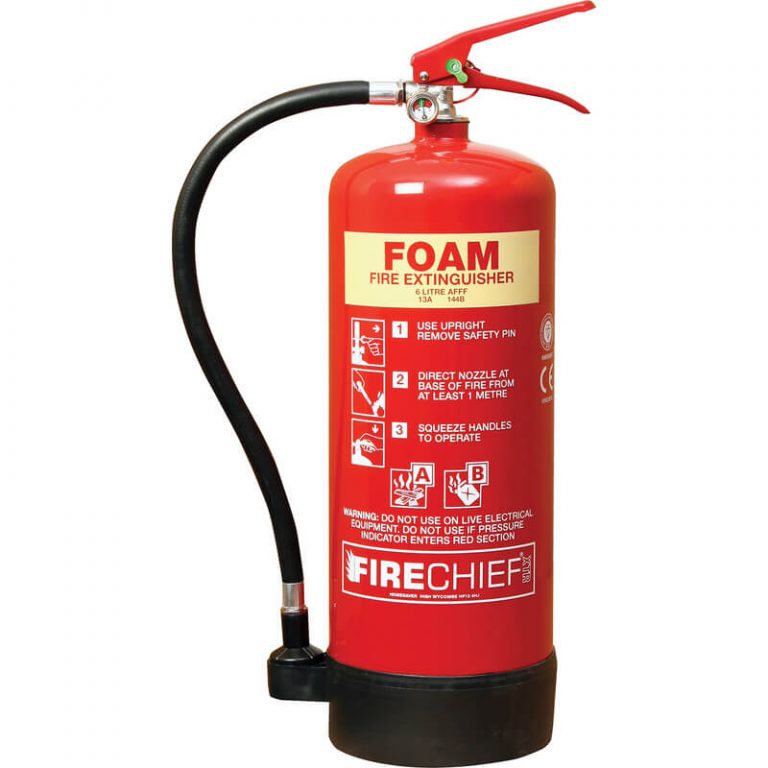
In response to your questions - yes, you can use a foam fire extinguisher on an electric fire. Foam fire extinguishers work by expelling a large volume of foam, directly onto the fire. This cuts off the fire's access to oxygen. As a result, the fire is quickly put out. It's important to note that, if you are using a foam fire extinguisher.
Buy Seco Know Your Fire Extinguisher Types and Applications Sign, 480mm x 260mm Self

An electrical fire is a type of fire that is caused by faulty.
Class C Fire Extinguisher Used For When used for class b and c fires, the co2 covers the fuel

Several pros exist with the use of a foam fire extinguisher, these are listed as follows: The extinguisher is a non-toxic choice. It will not damage most materials. If used by accident on electrical fires there is a high chance that it will be safe (of course, this is not recommended) The design reduces the risk of the fire re-igniting.
Types of Fire Extinguishers & Their Uses LW Safety Ltd
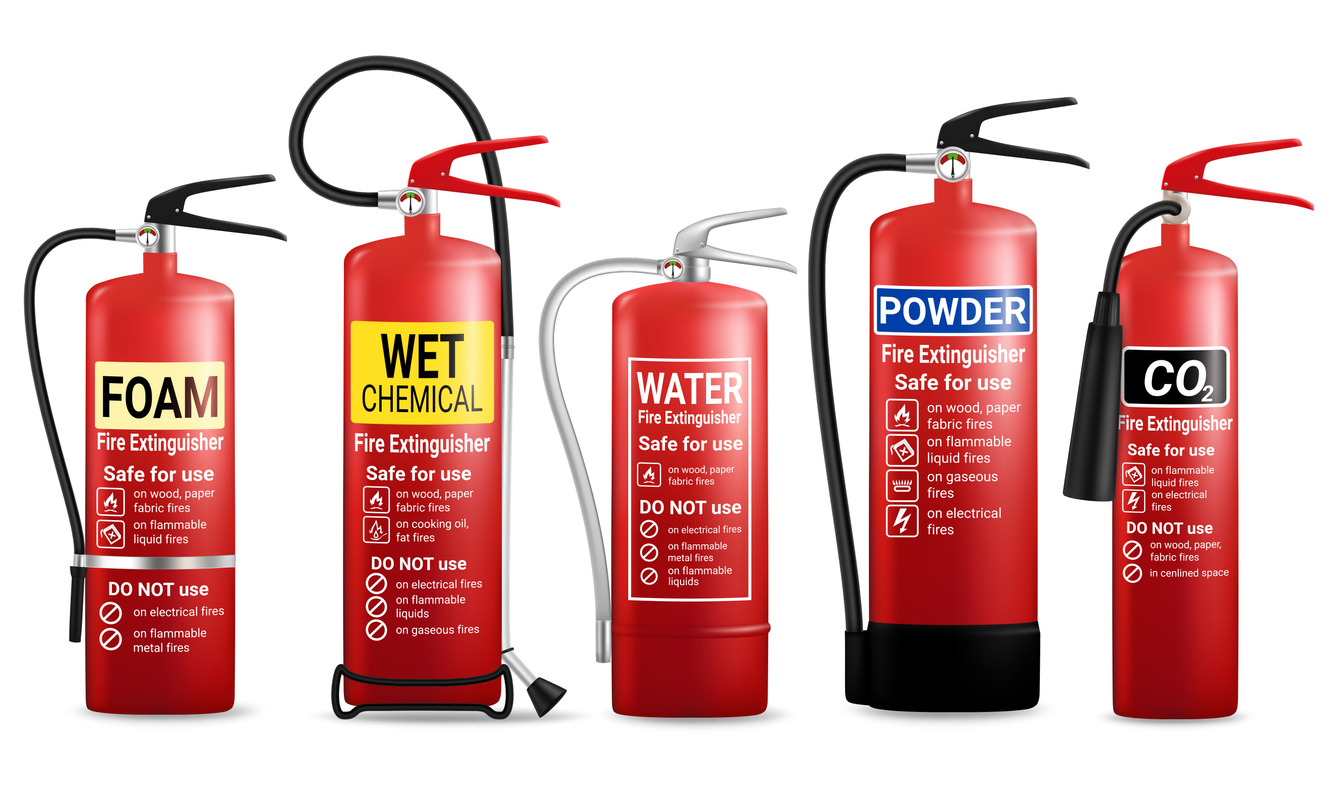
Foam fire extinguisher uses: • Fires involving flammable solids, such as paper, wood, and textiles ('class A' fires) • Fires involving some flammable liquids, such as petrol, diesel, and paint ('class B' fires) • Fires involving electrical appliances IF the extinguisher has passed the 35kv conductivity test. Please note: foam.
class d extinguisher contents Tamatha Hilton

5 Apr, 2023. Foam fire extinguishers are used on Class A and Class B fires. They work by stifling flammable liquid fires or flammable solids with foam to cut off the oxygen supply and extinguish the flames. There are five main types of fire extinguishers, each further classified into categories. These are foam, water, dry powder, CO2 and wet.
Foam fire extinguishers colours and uses of foam extinguishers

However, one shouldn't use foam fire extinguishers for class F and class C fires. The nozzles of a foam-based extinguisher are non-conductive. Hence, users can operate this fire fighting equipment by taking it very close to the electrical fixtures. Before that, the safety pin must be pulled to break the seal.
Class C Fire Extinguishers Can Be Used On Class a fire extinguisher are for fires with wood or
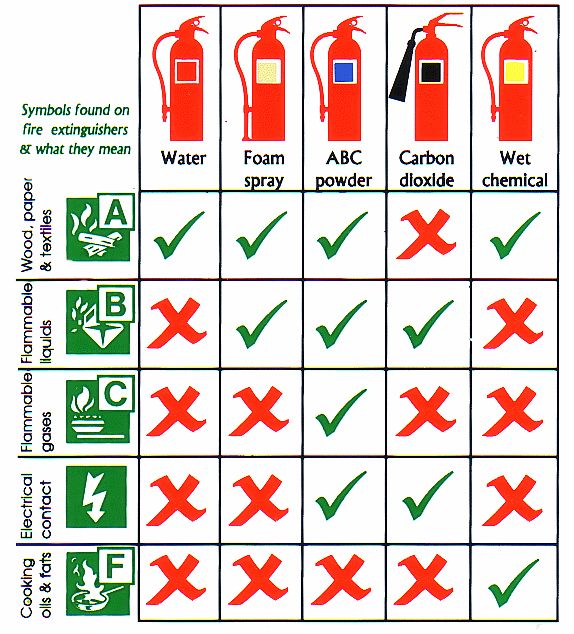
Fire extinguishers vary in size and weight, but it is recommended to select the largest fire extinguisher that a user can safely and comfortably operate. How to read the classification label: The number before the "A" represents a multiple of 1.25 gallons of water whereas the number before the "B" represents a multiple of the area or.
Essential Fire Safety Equipment You Need In Your Home One Aid

Which fire extinguisher types to use. Class A fire extinguisher - water, water mist, foam, dry powder, wet chemical. Class B fire extinguisher - water mist, foam, dry powder, CO2, some wet chemical. Class C fire extinguisher - water mist, dry powder. Class D fire extinguisher - specialist dry powder.
Classification of fires and fire extinguishers in Nairobi Kenya Dandy Solutions LTD

Foam extinguishers build up of foam on the surface of the burning liquid, cutting off the oxygen supply to the fire and cooling the hot liquid. Electrical fires: If your foam extinguisher is tested to 35000 Volt (35kV) you can use the extinguishers on live electrical fires. However, keep a safety distance of 1m.
How to Use a CO2 Fire Extinguisher Fire Safety Information
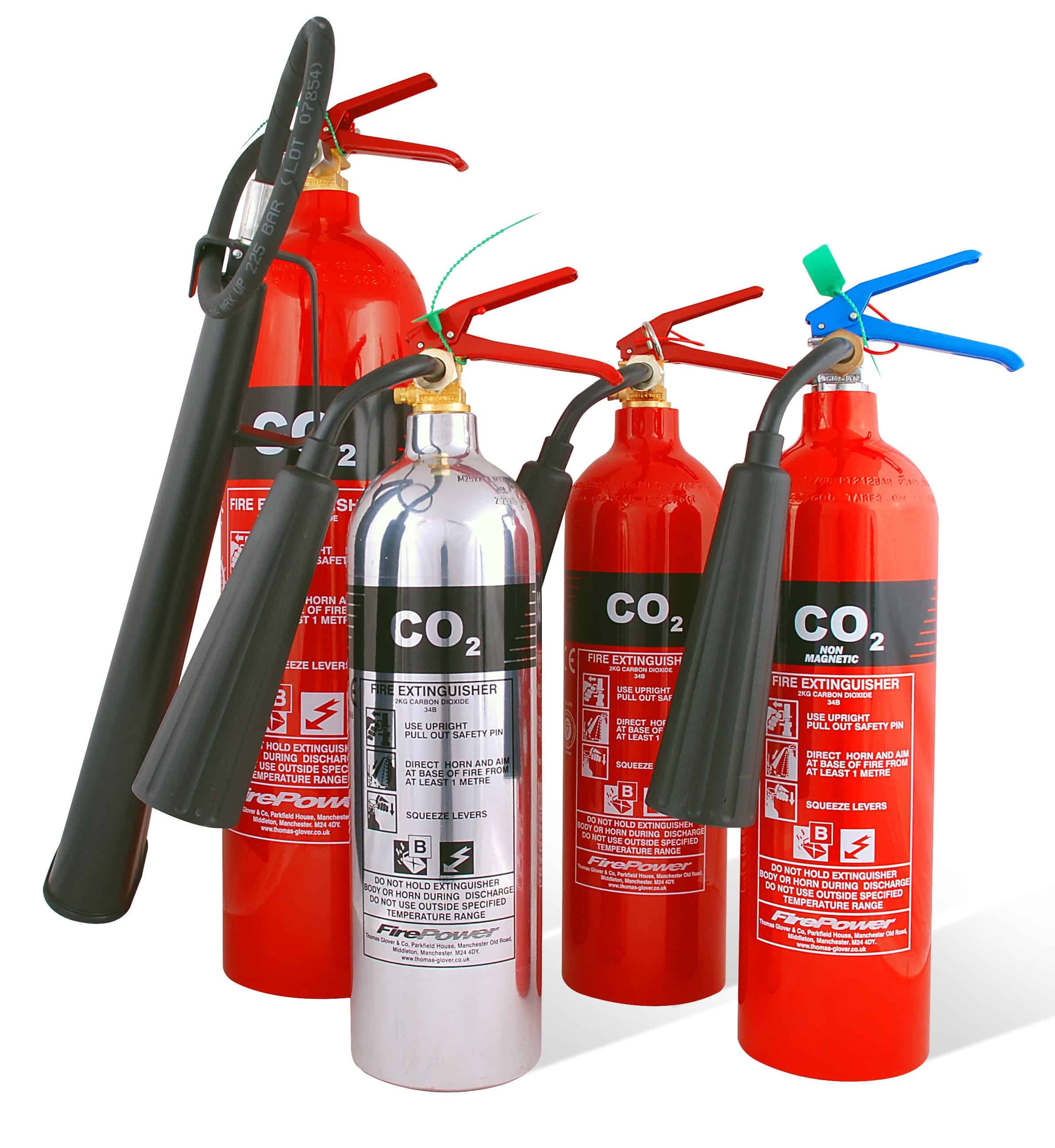
Section 3: Non-Conductive Agents for Electrical Fires Unlike traditional foam-based extinguishers, which can pose a severe hazard when used on electrical fires due to their conductivity, Class C fire extinguishers contain non-conductive materials. These extinguishers are formulated with substances like potassium chloride, mono-ammonium.